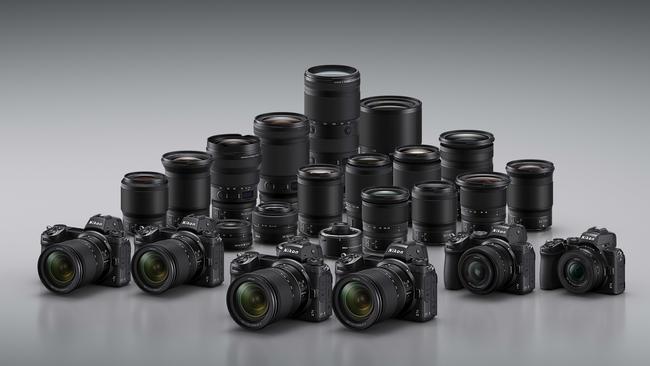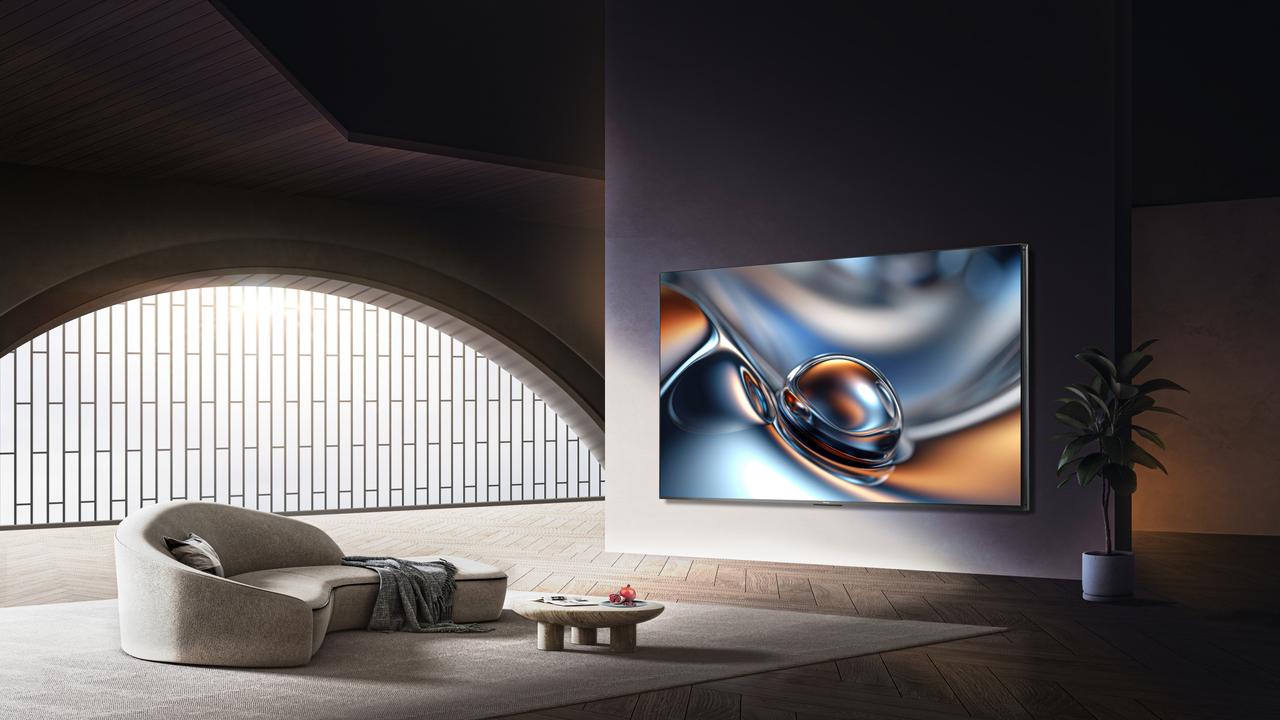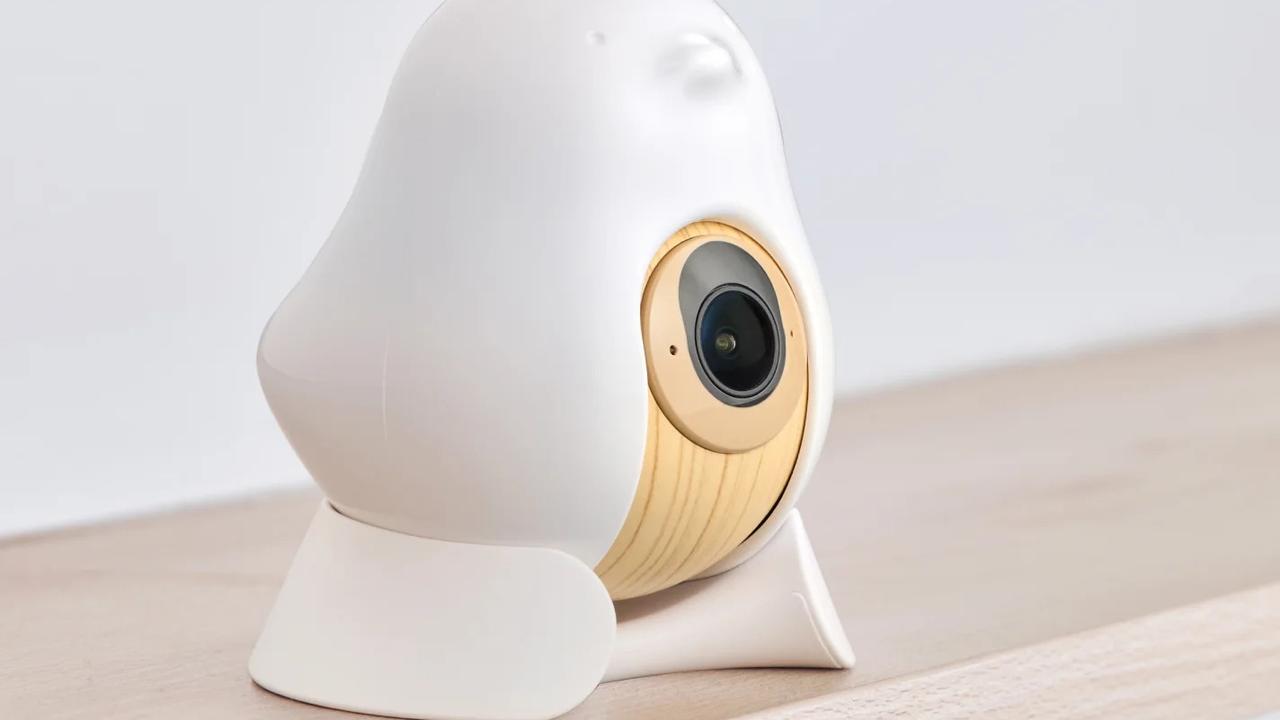Nikon Z7 II mirrorless camera is hard to beat
The Nikon Z7 II mirrorless camera is so impressive I decided to buy one.
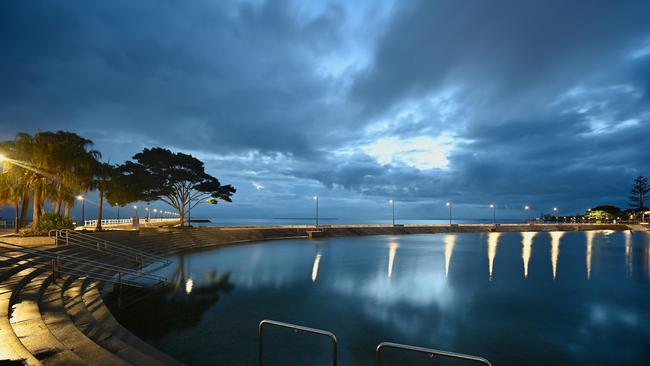
The evolution of camera ownership was once fairly straightforward. You moved up from a point and shoot to an SLR, then you bought a better SLR, and better lenses.
Then digital arrived – compounded by rapidly improving quality in smartphones. Someone who started taking pictures with a smartphone might move up to a point and shoot, or perhaps a crop sensor DSLR. Or, as many did, they stuck with their phones.
Those who made the DSLR journey and stayed on track then found themselves perhaps moving up to full frame, and then better glass, and then some of them found themselves facing a new choice in the form of mirrorless cameras. I‘m one of those.
As a long-time Nikon owner with a full-frame D810 and crop sensor D500 and seven Nikon lenses from 14mm to 500mm, the arrival of Nikon’s second-generation Z7 II posed a question – was it finally time to go mirrorless?
The 810 was bulletproof. It’s been superb on an African safari, its weather-sealing has held up in downpours in the Scottish highlands and it functioned happily in freezing temperatures in northern Japan. It’s also taken tens of thousands of sunrise photos on the local waterfront close to home.
With native ISO of just 64 and great dynamic range, plus 36 megapixel resolution, it’s done what I’ve asked of it. But it’s big, particularly with a battery grip, it’s not lightweight and occasionally images through the viewfinder aren’t as sharp as via live view.
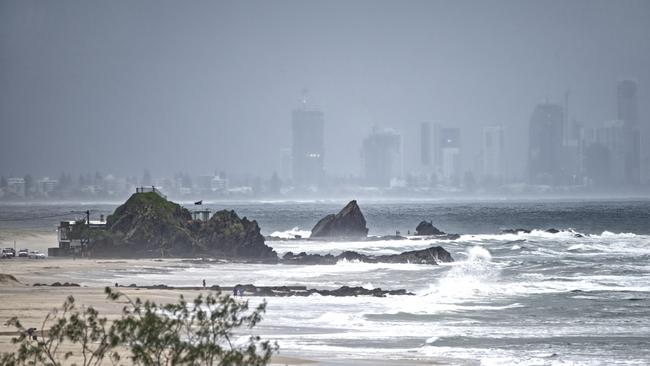
It also struggles to achieve focus in low light unless I can find a high contrast section of the scene. And the rear screen doesn‘t tilt, something I didn’t think mattered until I bought a D500.
Enter the Z7 II. It’s lightweight, sharp (45 megapixels vs 36 on the D810), has a great low light focus acquisition, compact (feels so much smaller than the D810), and the same base ISO. It also has in-body stabilisation so non-VR lenses can deliver sharp images at much lower shutter speeds than you’d otherwise achieve.
It uses a range of new Nikon Z lenses with superb image quality. For owners of existing F-mount lenses, an FTZ adaptor allows the use of a large range of existing (and older) Nikon glass. The Z7 II played happily with my Nikon 14-24, 24-70G, 24-120 and 200-500. It also worked with my old 70-200 VR1 and even bonded with my Tamron 70-200G2 – a third-party lens I thought would require a firmware upgrade.
Nikon loaned a Z7 II and 14-24 S lens for review and I used both (along with my existing lenses) for my regular weekend photo outings which usually involve sunrise photos on the local waterfront, and bird photography a little later in the morning.
The first surprise was how well it focused in pre-dawn light compared to my D810, which struggled to lock on to the local pier before sunup. The Z7 II locked on effortlessly. And the 14-24 S lens had a crispness to it that made it appear sharper than my highly regarded F-mount version (as well as being a couple of hundred grams lighter).
It did so again when I went birding, using spot AF and DX crop mode to capture small birds hanging on moving grass stems and perched on branches in shrubs.
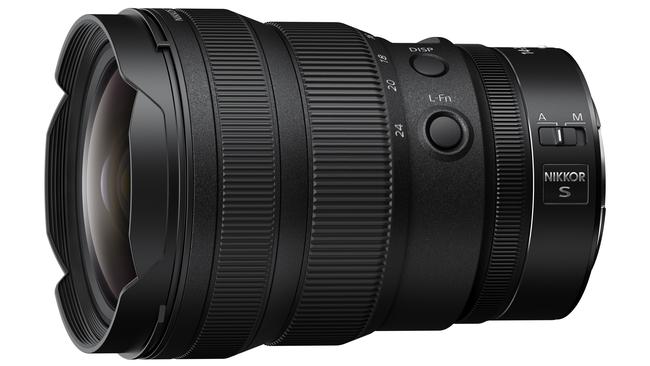
I had used only optical viewfinders before, bit I found the electronic version was surprisingly easy to adapt to: bright, complete AF coverage (so you can move the focus point to cover any point in shot), white balance changes appeared instantly in the viewfinder, and the image through the viewfinder changed with exposure compensation adjustments.
With the D810, photographing a backlit bird required an experience-based guess on the appropriate level of exposure compensation; with the Z7 II, every third-stop adjustment gradually revealed more subject detail. It‘s pretty cool.
If you‘ve used a higher-end Nikon DSLR before, there’s a familiarity about the Z7 II’s camera controls and menus that all make sense – there are a few Z ergonomic quirks here and there that take a little bit of getting used to, but it’s all very logical. The optional battery grip is a great addition; mirrorless cameras are harder on battery life than their DSLR counterparts, although during my weekend shoots I didn’t feel that power levels were dropping rapidly.
The Z7 II is also stylish, much quieter than my D810, and far quieter than the D500, and goes about its business with an air of authority that delivers great results.
It finally convinced me it was time to upgrade from my D810. So, after a lot of price comparisons, I bought one.
Prices for the Z7 II range from about $4600 to $5500 with Nikon offering a $400 cashback for purchases until April 6. Shop around.
